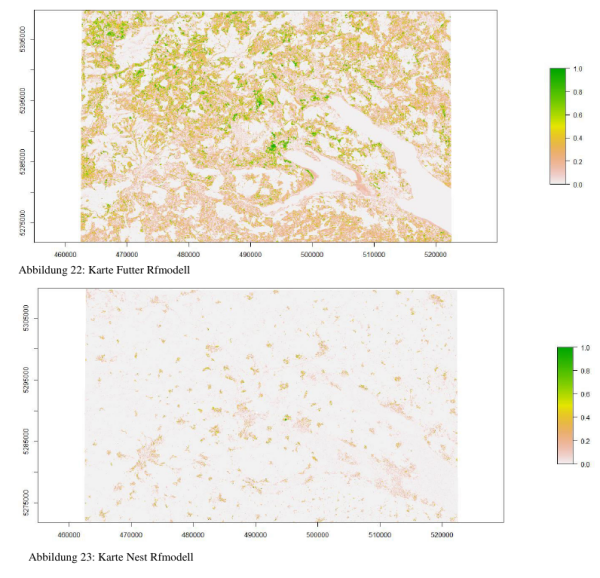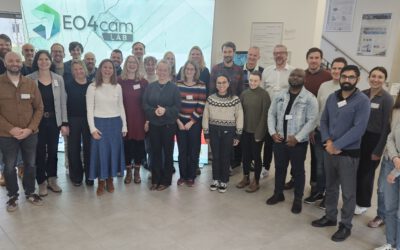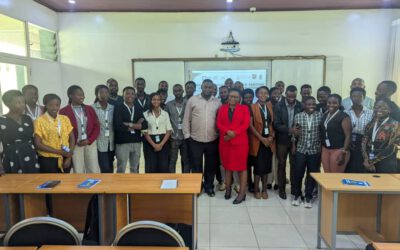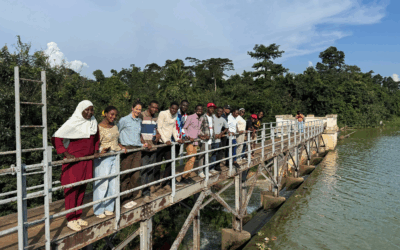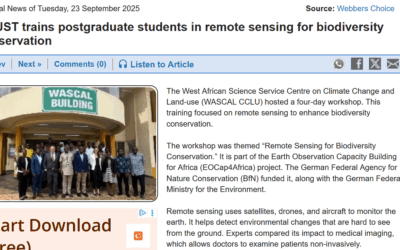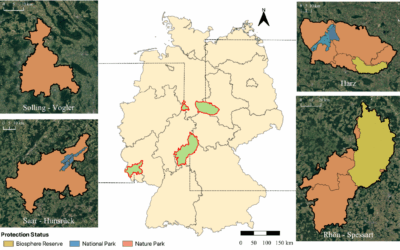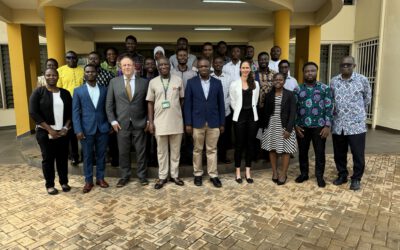 Leonard Hammer handed in his B.Sc. thesis on “explaining spatial patterns of stork movements using remote sensing data”. He used stork data from the Lake Constance region and applied species distribution models on different behavioral states (nesting, feeding etc.) using Landsat TimeScan data. This data set provides temporal metrics for the last years, such as max, min and variance of the NDVI. Moreover, he tested different model performances and scaling effects and found partly that lower resolution data resulted in more sounds results. He was supervised by R. Remelgado and Dr. Martin Wegmann
Leonard Hammer handed in his B.Sc. thesis on “explaining spatial patterns of stork movements using remote sensing data”. He used stork data from the Lake Constance region and applied species distribution models on different behavioral states (nesting, feeding etc.) using Landsat TimeScan data. This data set provides temporal metrics for the last years, such as max, min and variance of the NDVI. Moreover, he tested different model performances and scaling effects and found partly that lower resolution data resulted in more sounds results. He was supervised by R. Remelgado and Dr. Martin Wegmann
A Successful EO4CAM Project Meeting in Würzburg: Strengthening Collaboration for Earth Observation Research for Climate Adaptation in Bavaria
On Thursday, 20 November, more than 30 experts from the Earth Observation Research Cluster (EORC) at the University of Würzburg and the Earth Observation Center (EOC) at the German Aerospace Center (DLR) in Oberpfaffenhofen gathered at the EORC for a full-day internal...

